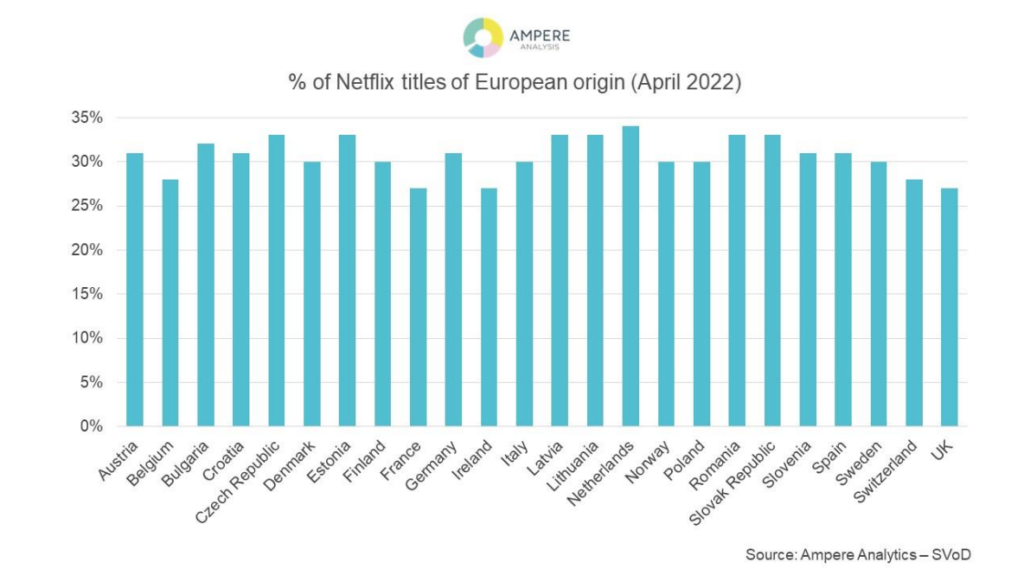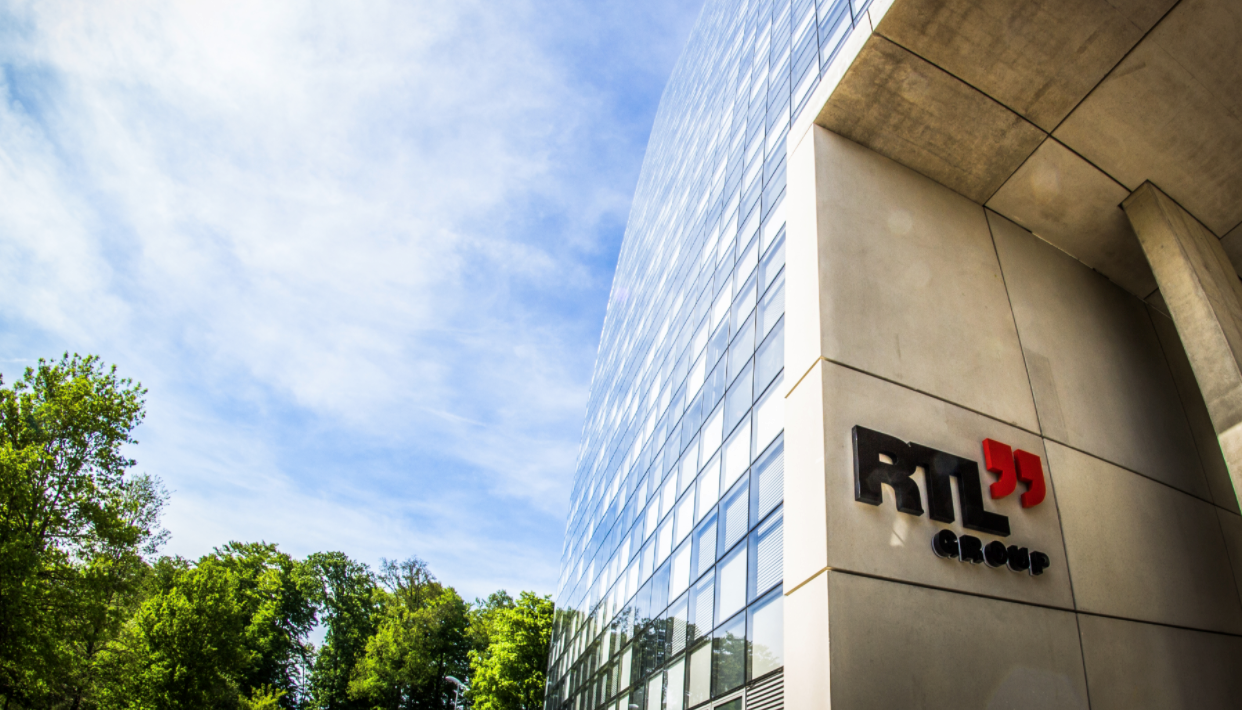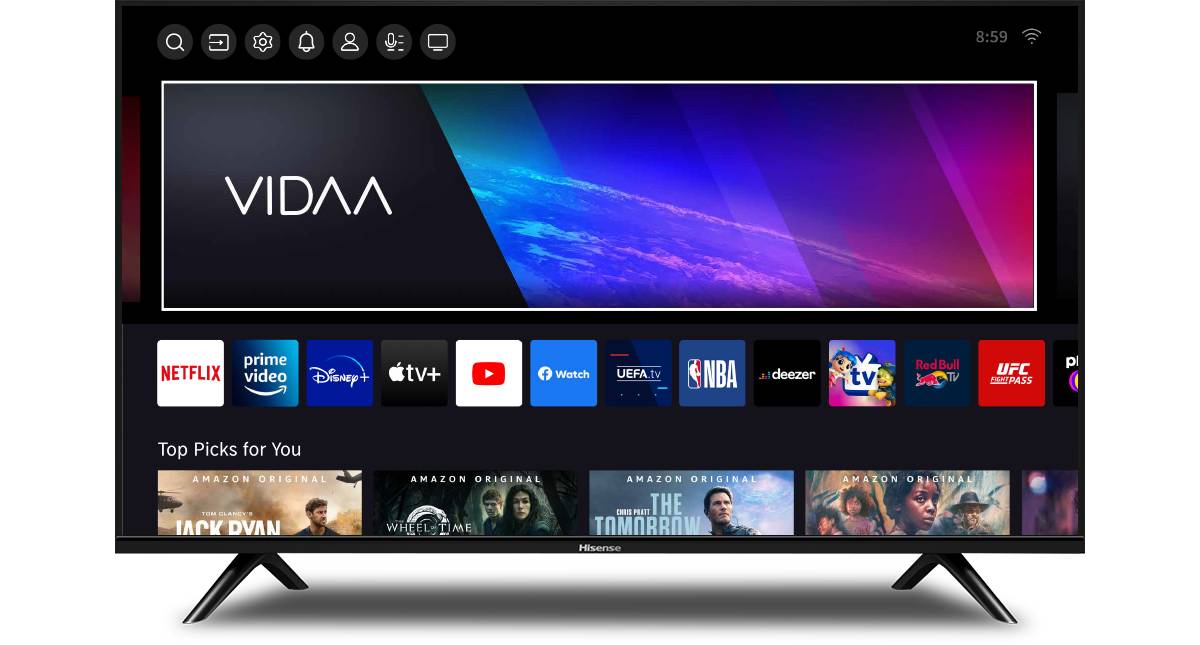This summer Netflix wasn’t just breaking its own records with Stranger Things and setting the advertising industry abuzz with moves towards an AVOD tier; it also reached the threshold of 30 percent European content in the majority of its relevant markets, as mandated by regulatory quotas. But the reasons for this local push go beyond legislative requirements and into the realm of autonomous business strategy.
“I think Netflix would have got there anyway, perhaps not quite as quickly,” says Guy Bisson, Executive Director at Ampere Analysis. “There’s a competitive impetus to localise.” Indeed there is a perfect correlation between the amount of original titles Netflix produces in a country and the number of subscribers it has in that country – though this could be because it makes more shows where it already has lots of customers, rather than the other way round. “It’s classic chicken and egg,” remarks Bisson. “I suspect it’s a bit of both.”
In any case, Netflix is “streets ahead” of its competitors when it comes to local European production, with Disney trailing at around 10 percent of its content originating from the continent. “They’re able to make less because they already own loads of content,” notes Bisson. “Netflix did not own loads of content, so they had to licence it or start making it themselves.” Now some of Netflix’s biggest hits hail from Europe, including La casa de papel (Money Heist) from Spain, Lupin from France and The Crown from the UK.
In fact 27 percent of the SVOD’s most popular titles came from outside the US in 2021, according to Ampere – and it’s not just Europe flying that particular flag. Squid Game became the streaming giant’s most-watched series and precipitated heightened demand for other South Korean shows on the platform, such as Hellbound and Extraordinary Attorney Woo. These proved especially smart investments considering Squid Game cost less than a quarter of Stranger Things to produce per episode. “It makes sense to increasingly make content outside the US because it costs a lot less,” explains Bisson.
Consumer research also shows increasing acceptance of subtitles and dubbed content in line with this trend, while a programme becoming an international hit has the added benefit of financially bolstering the local production sector. Netflix reportedly purchased Money Heist for just $2, after the virtually unknown series had already been cancelled on Spanish TV – then made 26 more episodes on a significantly larger budget, with production based at its new hub in Spain.
The public case
While these productions do pump money back into the local economy and promote regional culture, heavy investment by streaming companies also runs the risk of damaging local broadcasters without the considerable resources Netflix has at its disposal. But for Jonathan Broughton, Head of Strategy at the European Broadcasting Union (EBU), that risk is a manageable one. “If you produce a local high-end drama, which has got a lot of themes which are applicable to the local population, that tends to do better than anything that’s produced internationally for a generic audience.”
In the current content landscape, competition is said to occur between ‘Me TV’ (international shows that a viewer binges alone) and ‘We TV’ (more communal national broadcasting such as sports, news or Bake Off-style cultural events). Last year Jonathan Thompson, CEO at Digital UK, said in a blog post it was not just Me TV but also We TV that got us “through the pandemic”, thanks to the shared viewing experience of watching along with the nation. “The last year has made it even clearer that the former does not replace the latter,” he wrote.
Broadcast news in particular serves a clear social function, keeping the local population informed while combatting misinformation widely disseminated on social media – where news is often more global or US-centric due to the nature of the platforms. The EBU has found that the more relevant an audience feels the news is to them, the more they trust the broadcaster. “Whatever your opinion on public broadcasters, they always try to combat disinformation,” says Broughton. “And so by investing in creating local content, you tend to build trust with the public.”
Similarly, widely accessible sports broadcasting has been shown to boost involvement on the pitch – as demonstrated by the increased participation in women’s football reported around England after 17.4 million viewers tuned in to the Euro 2022 final. “If you invest in producing and broadcasting local sport, you see an absolute, almost linear one-to-one uptick of people participating in that particular sport,” observes Broughton. “So it’s important for maintaining culture, but it’s also a fantastic tool for helping progress in the way that you feel is healthy for the nation’s population.”
The commercial case
But the public service broadcaster (PSB) remit is generally commercial as well as social. The BBC exports its content to over 200 international territories via its content arm BBC Studios, and works globally with advertisers through its commercial studio BBC StoryWorks. Part of that mandate is to promote UK culture abroad, selling popular titles such as Doctor Who and David Attenborough shows in international markets. “Part of their popularity is that they speak to universal themes, but they are also famous for their unique British dry wit, honesty and authoritativeness that global audiences really warm to,” says a BBC Studios spokesperson. “We play a strong role in building the profile of the UK amongst international audiences.”
Again there is a danger of English-language content squeezing out local players with smaller budgets, but the company states it “specifically endeavours to work with a diverse team of production companies around the world,” thereby incorporating local talent and culture into its global offering. “It is the richness of local cultures and local production teams that makes BBC Studios branded content desirable for so many brands around the world,” says the spokesperson.
Meanwhile partnerships between the BBC and Netflix strengthen the case for co-existence, in light of recent co-productions including the Attenborough series Life in Colour and the Mark Gatiss- and Steven Moffat-penned Dracula. “Identifying where to compete and where to collaborate with streaming giants is probably key to this,” comments Broughton. So whether motivated by public service or business growth, investing in local content promotes collaboration as well as competition.






